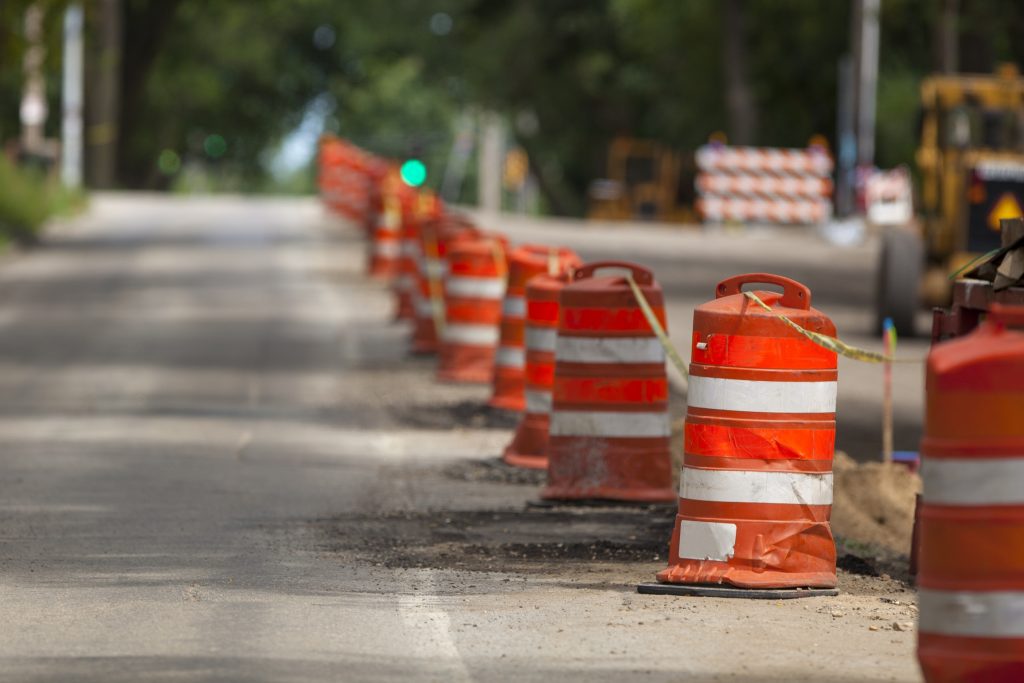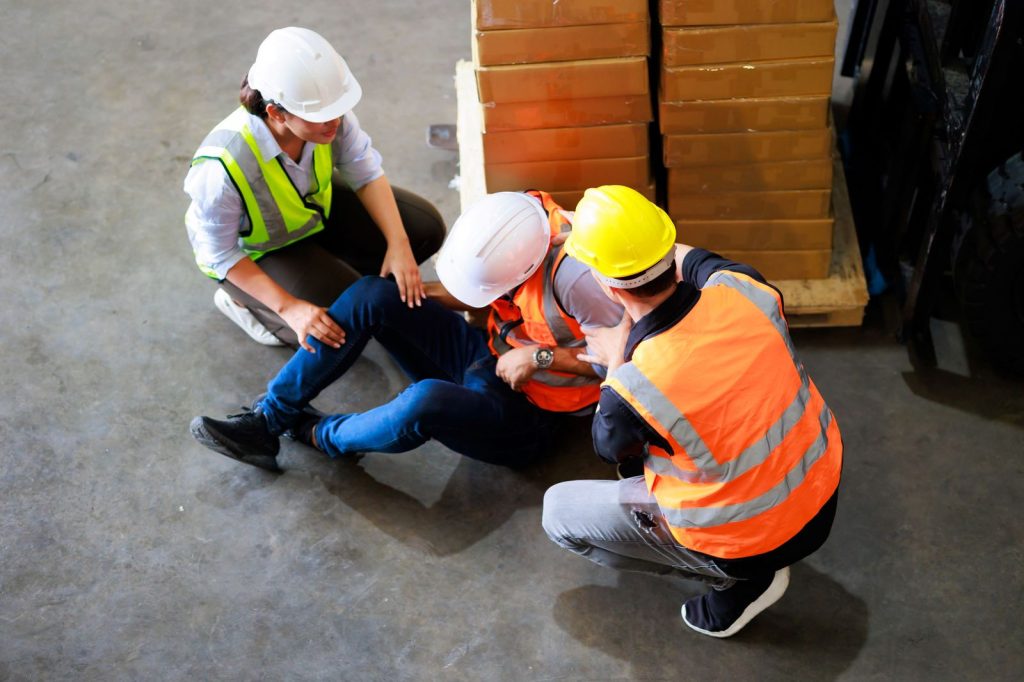Work Zone Safety Practices to Protect Utility Workers

Utility workers face numerous hazards daily, from drivers on the road to the power lines that they work near. These workers must be sure to observe safe working standards not only for their own safety, but the safety of others in the area. Implementing proper work zone safety starts with a comprehensive new hire training, and continues every day with a safety-focused mindset. The initial training your employees receive should be robust enough that it stays top of mind out in the field.
Let’s cover some of the critical steps necessary for maintaining work zone safety and avoiding accidents in the field.
Work Zone Safety
The first step to implementing work zone safety is understanding what it entails. Work zone safety refers to the measures taken in a work area to ensure that workers avoid hazards and have proper safety equipment in place. Safety equipment in work zones may vary according to each particular job site, and includes, but is not limited to: adequate signage for the job, hazard cones, vests and jackets that adhere to safety regulations and promote worker visibility, and any other necessary personal protective equipment (PPE), along with the knowledge and training needed to carry out each task safely.
Adhering to work zone safety procedures requires proper training before setting foot in the field, and frequent updates as new techniques become available. These refresher courses in safety help keep the topic ever-present in the minds of your workers as they carry out their daily tasks. Training translates into a higher level of awareness of the dangers in the working environment. It also provides important preparation for protecting bystanders during work tasks.
Utility Worker Safety

Utility worker safety requires a constant adherence to procedures and guidelines implemented for this purpose. No matter how accustomed they become to their daily tasks, all employees must know and vigilantly follow procedures.
In fact, the longer an employee has been doing a particular job, the more likely they are to have an accident.
Achieving a certain level of comfort in a task can lead to complacency, multitasking, or distraction, and these brief moments of inattention are all it takes for an unexpected error to occur. A variance in safety protocol, no matter how small, could result in accidents that, in the best-case scenario, can be painful, and in the worst-case, deadly. This is why it’s essential for safety to not only be part of initial and recurrent trainings, but also an integral part of the company culture, and each employee’s attitude every day, every task.
With the importance of safety for utility workers, it is vital that you provide training that helps them to retain the critical knowledge needed in the field. This training needs to include proper procedures for each task they are performing and standard physical and mental readiness skills needed to carry out each step of their projects.
Utility Worker Safety Tips
Utility worker safety starts with the new hire training period and continues every day until retirement. Some topics to include in these training sessions need to be injury prevention techniques, proper ergonomic techniques, state and municipal safety requirements, and much more. Every utility worker needs to understand that they are responsible for their own safety and that of those around them. Creating a company culture of putting safety and awareness first leads to safe work conditions for all involved, lower rates of injuries and associated costs, and an increase in employee morale and job satisfaction.
At Work-Fit, we understand that avoiding accidents and injuries in the field requires the cooperative effort of each individual you employ. Contact our team of injury prevention professionals to get started on implementing safety training that will keep all of your utility workers on the same safety page, both in the office and out in the field.



